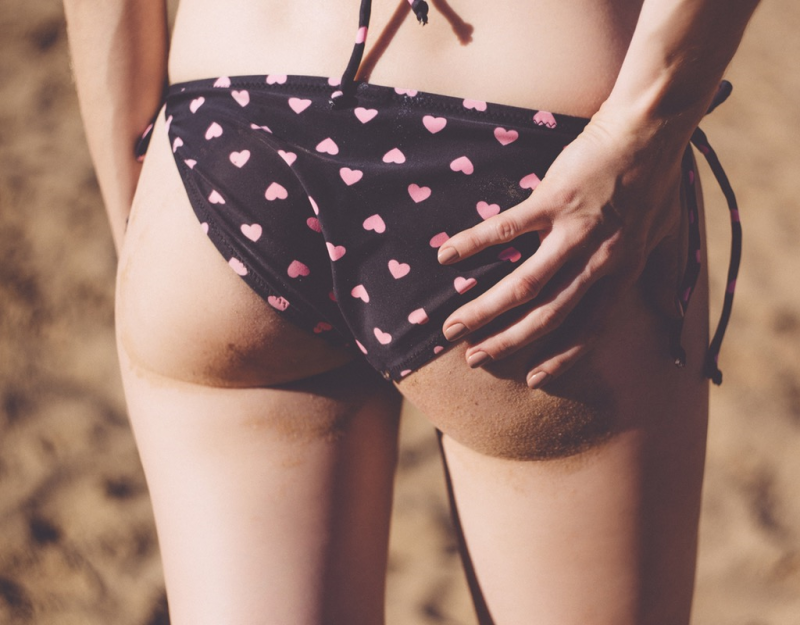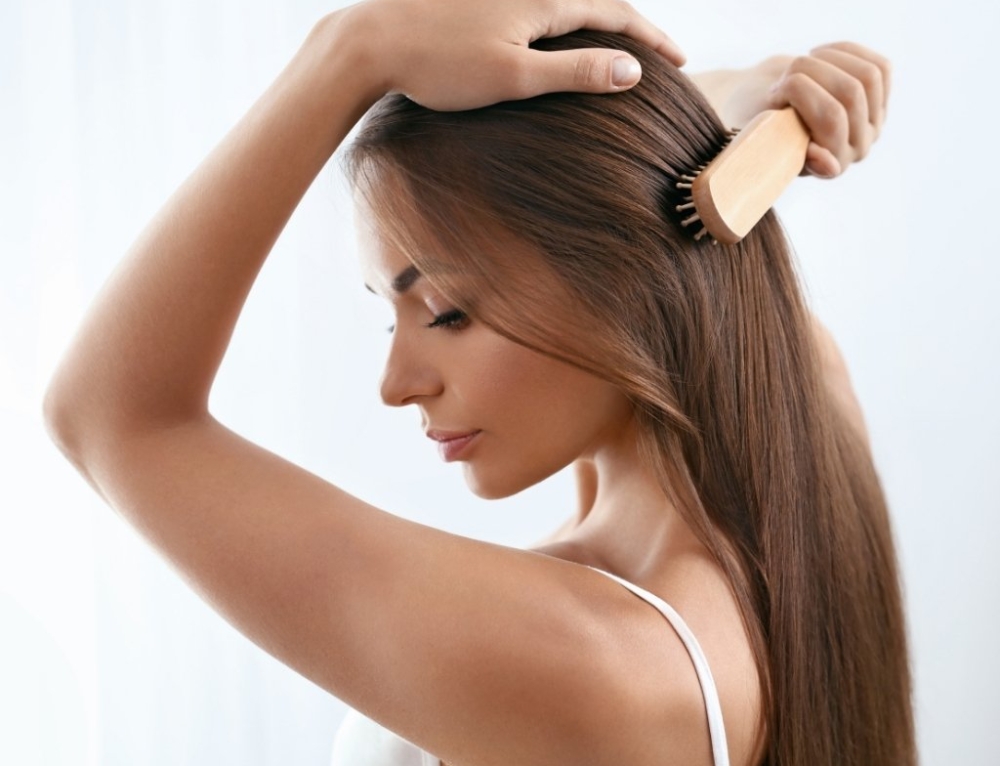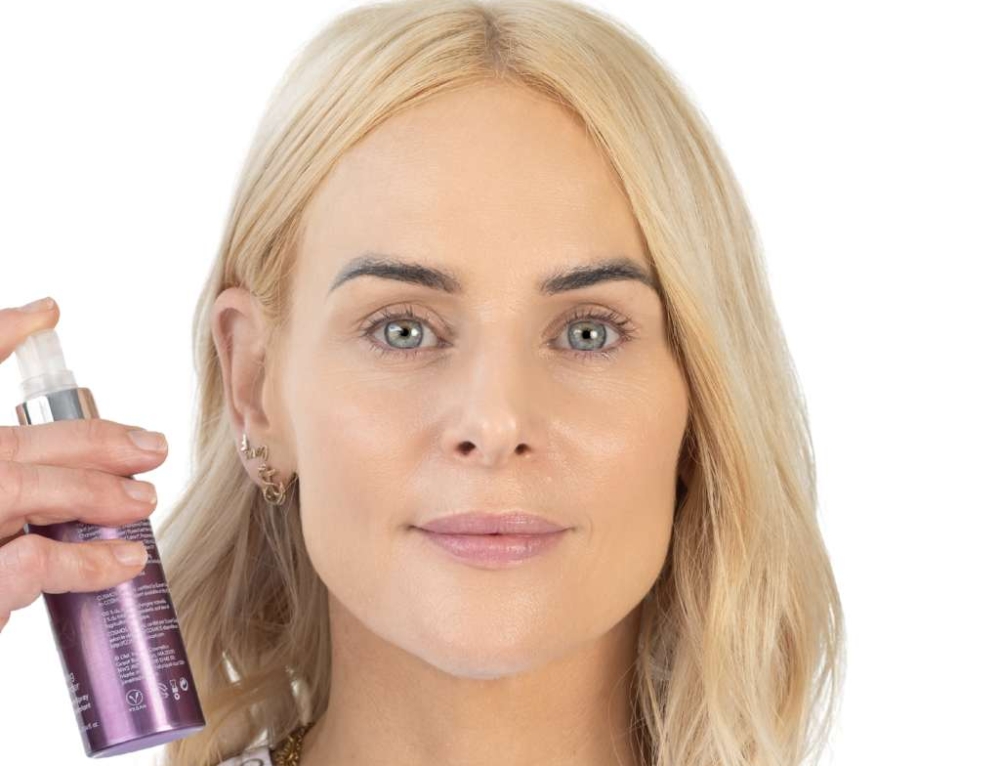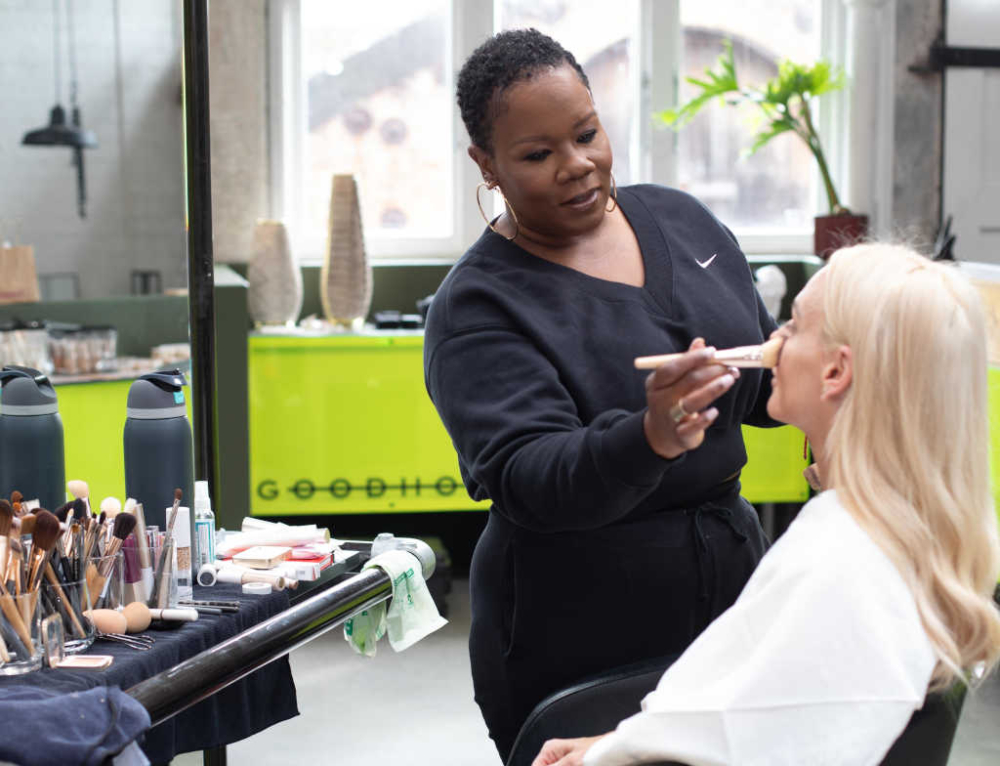While stretch marks are a very normal part of most women’s lives, they can still make us feel embarrassed and affect our body image. They’re simply marks that occur as the skin stretches on the body – either from excess weight gain, adolescence growth or pregnancy.
Stretch may be pink or deep brown, and then lighten on the skin and turn silvery as they fade. Yes, in time they will fade, so don’t let them become a big beauty hang up.
The most common areas on the body for stretch marks are the stomach, breasts, buttocks, thighs and hips, but they can occur anywhere. But follow these tips, and you’ll be looking great on the beach, or any other time you want to bare some skin.
Stretch marks: what are your options?
Living with them
This is the first choice for so many of us – ignore them and wait for them to fade. As we lose the excess kilos that put them there in the first place, the great feelings that result might make a few marks seem insignificant.
Hidden away
This is not ideal as you shouldn’t feel the need to hide your body, but hiding your stretch marks doesn’t necessarily mean wearing long sleeves and pants during summer. You could try fake tan to minimise their appearance and boost your naked confidence. Just make sure you do a good job with your tan, or even go to a salon, as a fluorescent orange glow is going to make your body look ten times worse than any stretch mark ever could.
Reducing stretch marks
Dermatologists and plastic surgeons are seeing some success with a laser technique, called Fraxel, which stimulates collagen production in the skin and can significantly reduce the appearance of stretch marks in anywhere from one to six treatments. Sounds great, but treatments can be on the pricey side, and can also have adverse effects on olive skin, so the best approach is to do a bit of research first.
Type “stretch marks” into any search engine like Google and you will find countless ads for collagen-based creams. Rubbing these into the skin is said to help make it more supple and retain its elastic qualities. But, any cream or lotion that keeps the skin supple will be helpful — from an expensive designer lotion to a tub of cocoa-butter. The magic is in the regular moisturising and massage.
Anything with vitamins A, E and B should also aid in repairing your skin.
Of course, exercise helps tone up the skin beneath. Marks look much worse on flabby, untoned skin than they do on toned and tight flesh.
Prevention is key
Try to keep your weight steady and avoid the creeping kilos to prevent the skin from stretching; regular body massage with a rich lotion will keep it supple and moist.
You may like to research homeopathic remedies. Calc Fluor is recommended for skin elasticity, and silica helps with connective tissue cells.
As with many things, stretch marks are easier to prevent than cure. And the healthy steps you take to prevent them should feel great in and of themselves.







Leave A Comment
You must be logged in to post a comment.